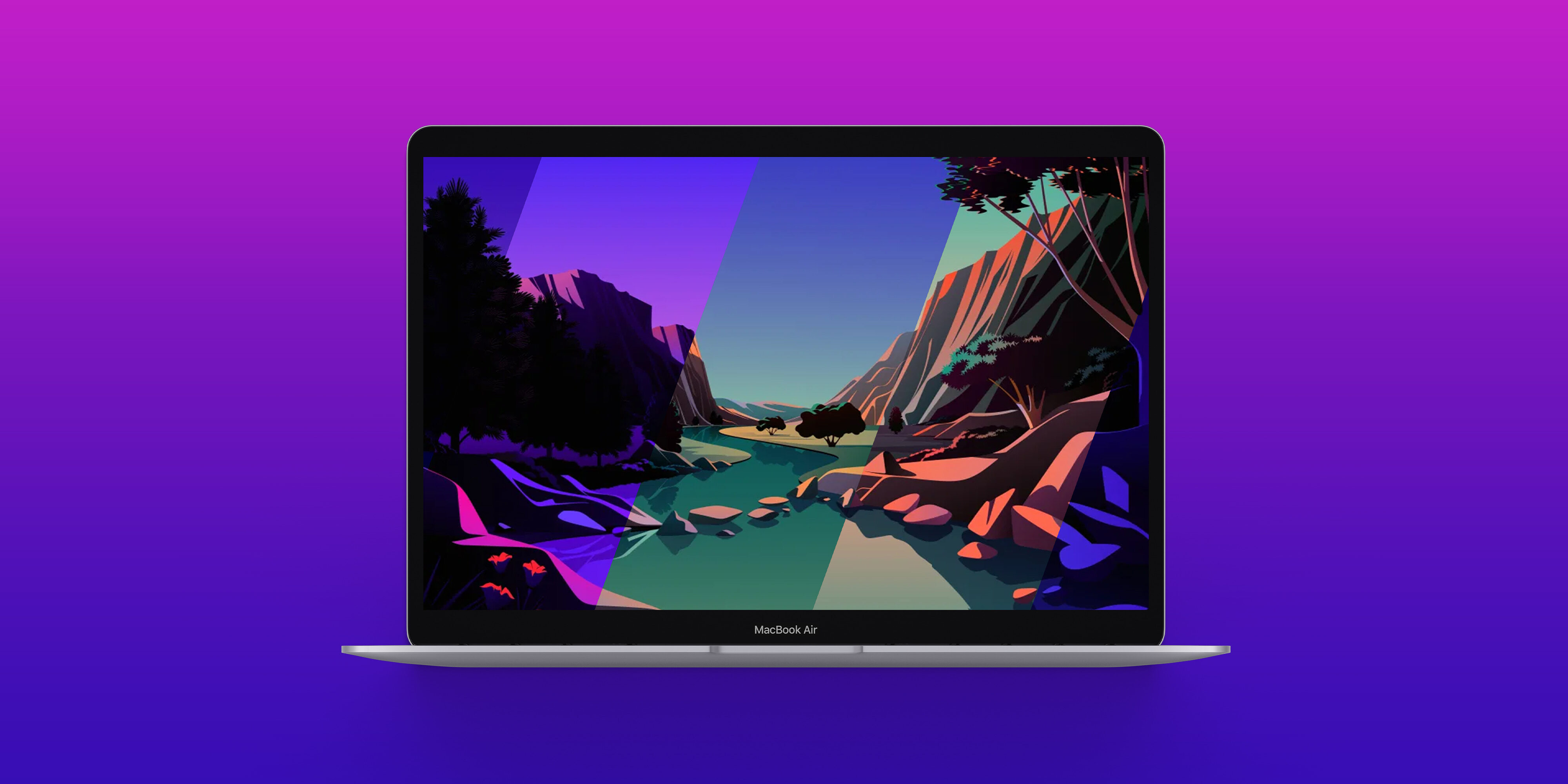
The more colorful the photo, the more colorful the background. The only thing you may want to take into consideration is how colorful you want your background to be. The photo itself will be unrecognizable when you're done, so it really doesn't matter which photo you use. You might have even seen this format when transferring photos. Go up to the Edit menu in the Menu Bar and choose Fill.

Press and hold Ctrl (Win) / Command (Mac) and, in the Layers panel, click the New Layer icon to add a new blank layer between the two existing layers. Figure 6.43 Reducing the color saturation of the photo causes it to become. In Photoshop, open your photo, then press Ctrl+J (Win) / Command+J (Mac) to duplicate the Background layer. You can use this technique to turn any photo into a background or wallpaper. Conveniently, iPhones can actually take photos in the HEIC file format. Figure 6.42 The bright green of the background leaves distracts a bit from. Yet as we'll see in this tutorial, when it comes to creating simple backgrounds or wallpaper in Photoshop, these two selection tools are hard to beat.Īt the end of the tutorial, we'll see how we can easily combine our newly-created background with the same photo we created it from, which gives us a nice effect since the background and the photo share the same colors. Even Adobe doesn't seem to consider them very useful, since they're two of only a handful of tools in the Tools palette that don't have a keyboard shortcut associated with them. I'm talking about the Single Row Marquee Tool and the Single Column Marquee Tool, which by default are hiding behind the Rectangular Marquee Tool in the Tools palette. Note that the Home app wallpaper does not sync across your devices so you can set them individually by device.In this Photoshop Effects tutorial, we're going to learn how easy it is to turn any photo into an interesting background using a couple of basic selection tools in Photoshop that, quite honestly, seem to serve no other purpose other than helping us to create this effect. To use an image you already have on your Mac, just drag and drop the image into the open Home app and it will replace the existing wallpaper. Choose one of the available wallpapers shown.Open the Home app then click the Edit menu.as though they are playing on a desktop, laptop, or mobile device screen. Or tap on Choose from Existing to select a photo from your photo library. Connect your iOS device directly to your Mac, or Use the TechSmith Capture app.And after years of using first Aperture and then Lightroom, I am very used to a 'photo gray' background (similar to what you see in Edit mode - which at least has that display correct). And your dark background won't show on either. Select Take Photo if you want to capture an image with the device's camera to use as the background. Well I am running two iMacs (one mid-2015 and one a bit older), both with the latest version of Sierra and Photos.In the thumbnail area of the dialog box, click the thumbnail for. Prompt will appear asking you to Step out of frame. Click the specific background you would like to apply to your Photo Booth photo or video.

Click the arrows along the bottom of the screen until you get to the fourth dot/fourth effects option screen. Use the folder list on the left side of the dialog box to do so. Click the Effects button the right side of the screen. Locate the folder that contains your photo.

You’ll find it inside the Desktop & Screen Saver dialog box.


 0 kommentar(er)
0 kommentar(er)
